Time: 2025-08-05 16:22:27 Source: Henan Province Jianyun Cable Co., Ltd.
Shipping heavy electrical cables, such as power cables, control cables, or medium-voltage cables, requires careful planning to ensure cost-effectiveness, safety, and compliance with international regulations. These cables, often made of copper or aluminum with robust insulation (e.g., XLPE, PVC), are bulky, heavy, and susceptible to damage if mishandled. Efficient shipping minimizes costs, reduces transit times, and ensures cables arrive in optimal condition for applications in construction, industrial projects, or utility networks. This guide outlines key strategies and best practices for shipping heavy electrical cables, presented in a formal and structured manner.
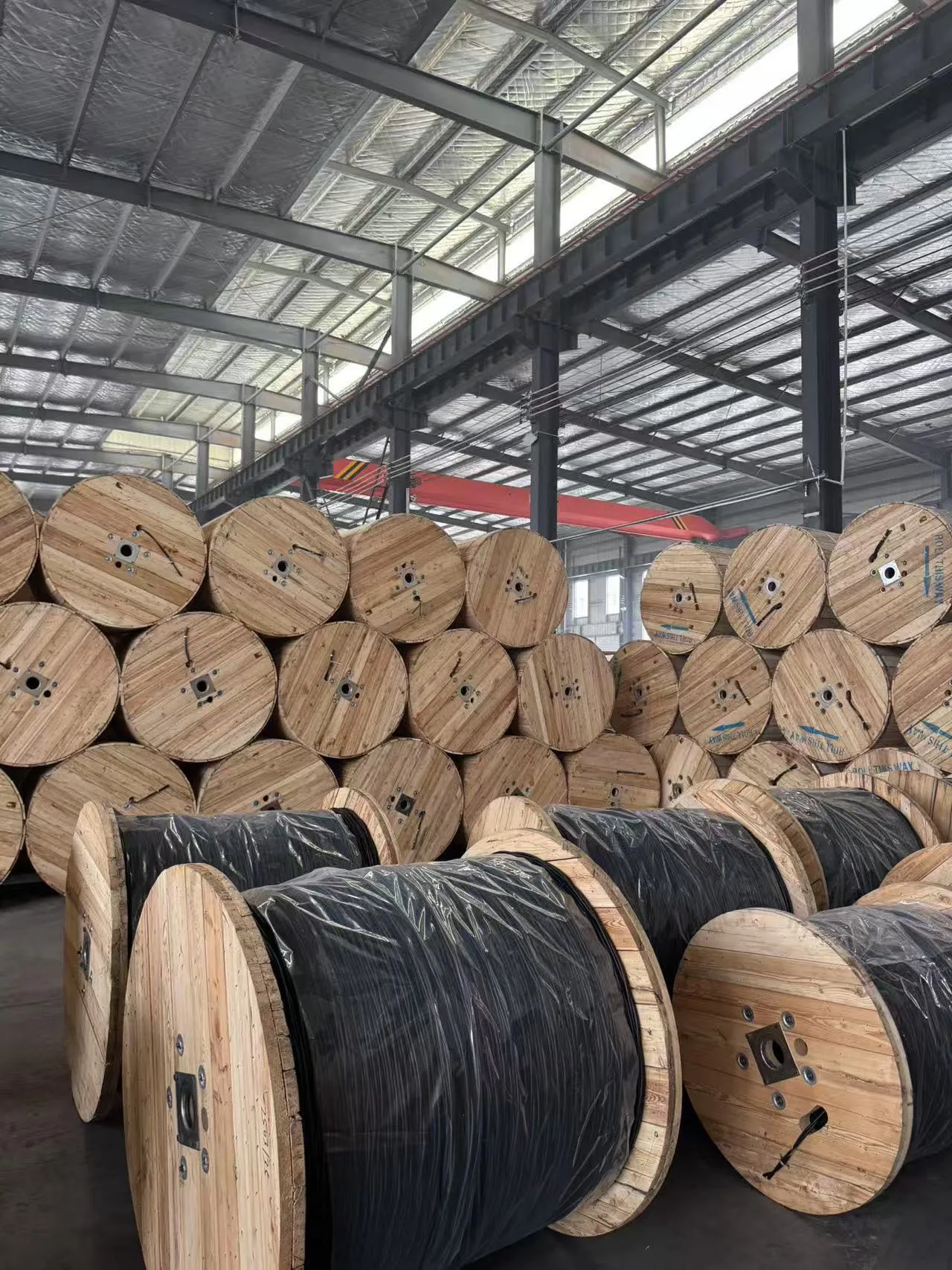
Heavy electrical cables include low-voltage (0.6/1 kV), medium-voltage (6/10 kV to 26/45 kV), and specialized cables (e.g., solar, aerial bundle cables) with copper or aluminum conductors, insulated with materials like XLPE, PVC, or PE, and often armoured for mechanical protection. Key characteristics impacting shipping include:
| Characteristic | Details |
|---|---|
| Weight | 500 kg to several tons per drum |
| Dimensions | 1–3 m diameter, 1–2 m wide |
| Sensitivity | Prone to abrasion, crushing, moisture |
| Standards | IEC 60502, IEC 60227 |
Efficient shipping begins with thorough planning to optimize costs, transit times, and cargo safety:
| Planning Step | Action |
|---|---|
| Volume/Specifications | Calculate length, drum count, weight |
| Consolidation | Fill containers, align schedules |
| Routing | Choose nearest ports, multi-modal transport |
| Freight Forwarder | Engage for logistics, compare FOB/CIF |
Proper packaging and handling protect cables during transit and ensure safe delivery:
| Packaging/Handling | Best Practice |
|---|---|
| Drums | ISPM 15-compliant, rated for weight |
| Protection | Wrapping, padding to prevent damage |
| Loading | Use forklifts/cranes, secure with straps |
| Labeling | Include specs, handling instructions |
Selecting the appropriate shipping method balances cost, speed, and cargo safety:
| Shipping Method | Pros | Cons |
|---|---|---|
| Sea Freight | Cost-effective, high capacity | Slower (2–6 weeks) |
| Air Freight | Fast (3–7 days) | Expensive, limited capacity |
| Rail Freight | Balanced cost/speed | Limited routes |
Compliance with international and regional regulations prevents delays and penalties:
| Compliance Aspect | Requirement |
|---|---|
| Documentation | Invoice, packing list, certifications |
| Customs | Meet IEC 60502, CCC, CE standards |
| HS Codes | E.g., 8544.42 for insulated cables |
| ISPM 15 | Heat-treated wooden drums |
| Challenge | Solution |
|---|---|
| High Shipping Costs | Consolidate shipments, use sea freight, negotiate FOB/CIF terms |
| Cable Damage | Use robust drums, protective wrapping, secure loading |
| Customs Delays | Ensure complete documentation, CCC compliance, ISPM 15 |
| Logistical Complexity | Engage experienced freight forwarders, plan multi-modal transport |
Shipping heavy electrical cables efficiently requires meticulous planning, robust packaging, and compliance with international regulations. By optimizing shipment volumes, selecting appropriate shipping methods (e.g., sea or rail freight), using sturdy drums with protective wrapping, and ensuring customs compliance (e.g., IEC 60502, CCC certifications), exporters and importers can minimize costs, reduce transit times, and protect cables from damage. Addressing challenges like high costs and customs delays through consolidation and expert partnerships ensures reliable delivery, supporting safe and effective use in electrical installations with a lifespan of 25–30 years.
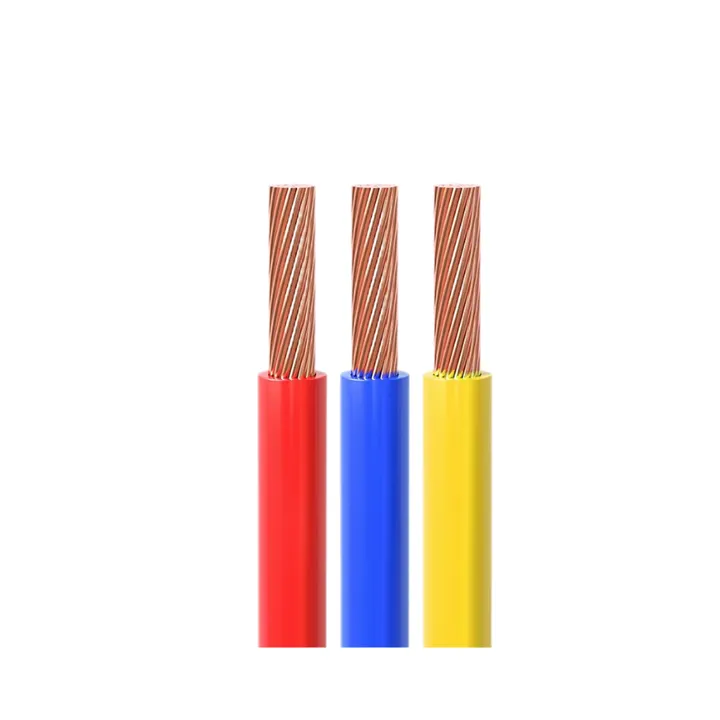
CE Certification 450/750v H07VVF Flexible Copper PVC Insulated Ac Cable 3*2.5 Mm
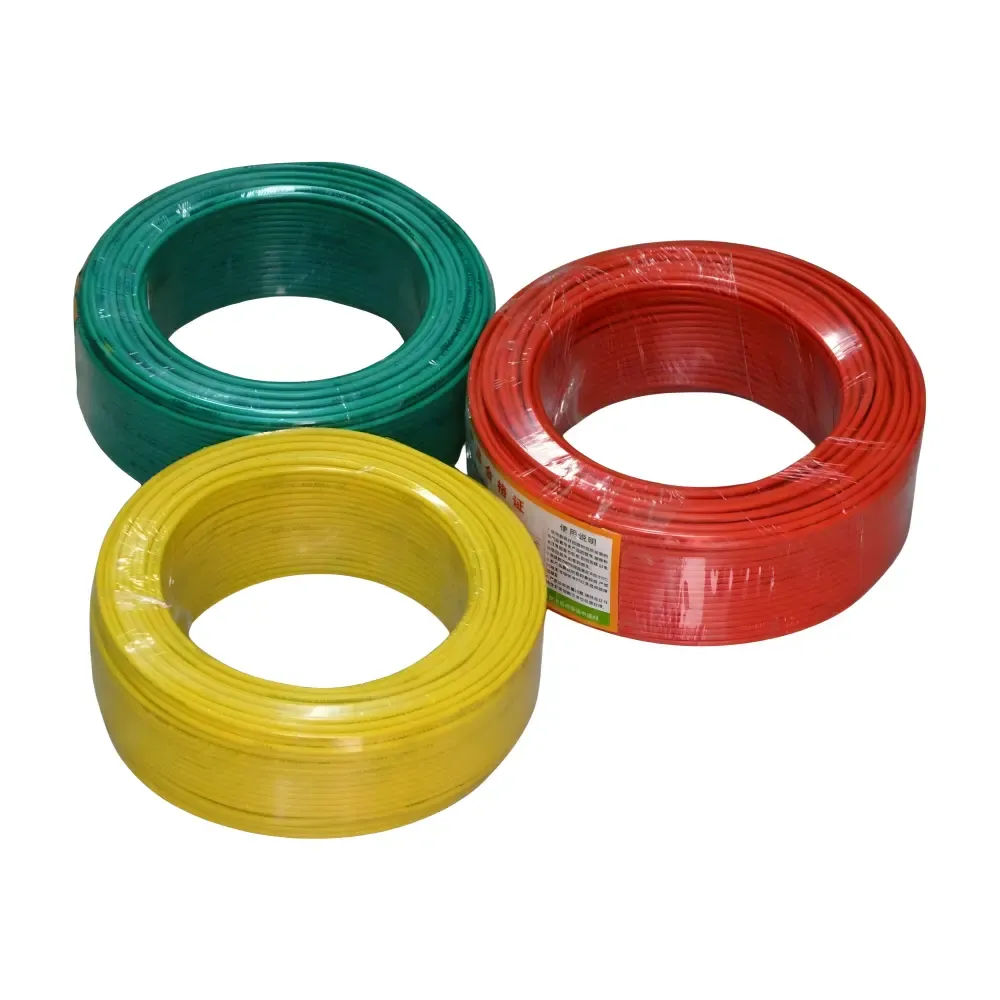
low voltage copper conductor PVC insulation underground BV BVR cable for industr
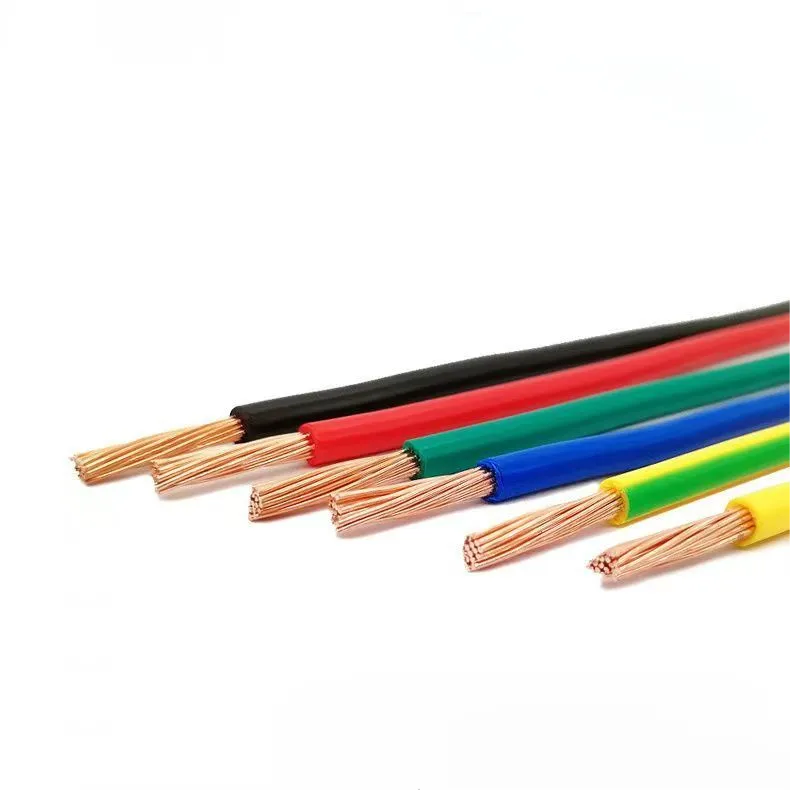
PVC electric wires are one of the most widely used electrical conductors in resi
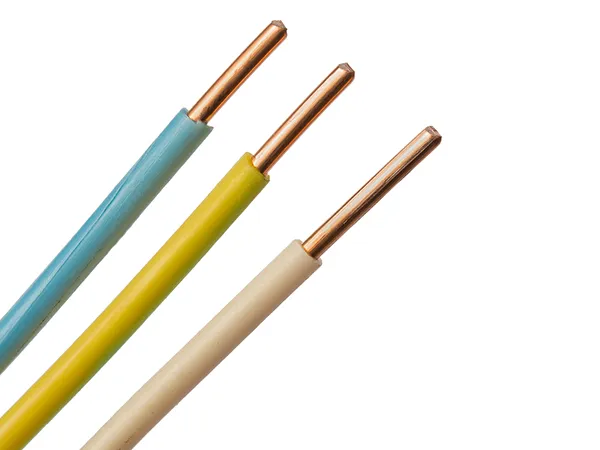
H07V-U wire is a flexible, low voltage electrical wire commonly used in industri